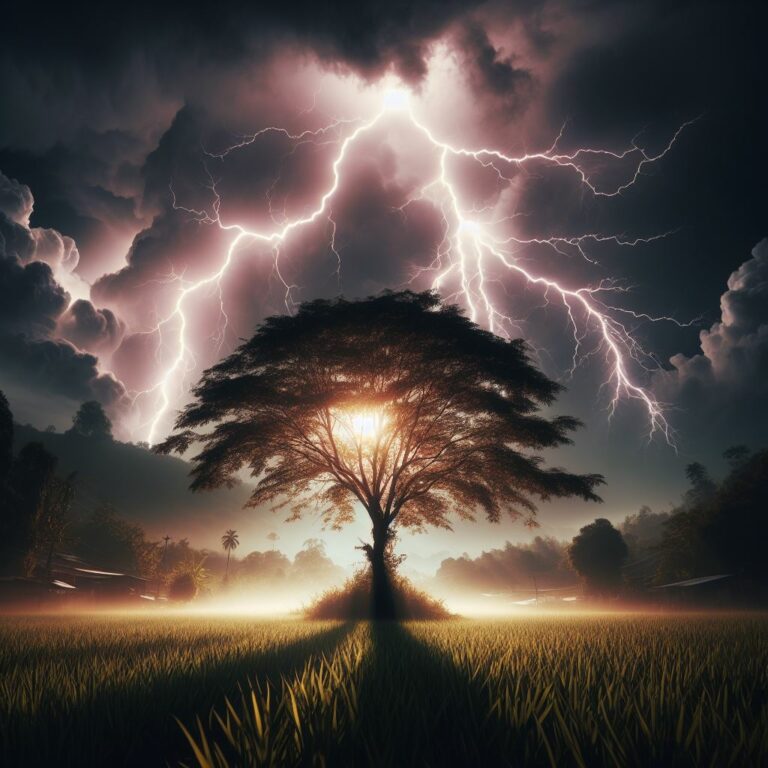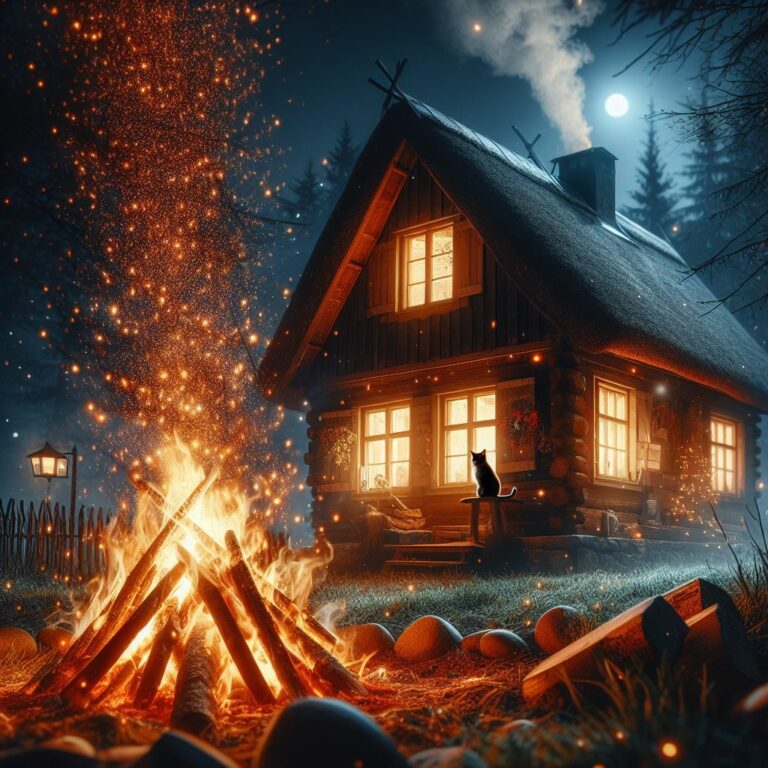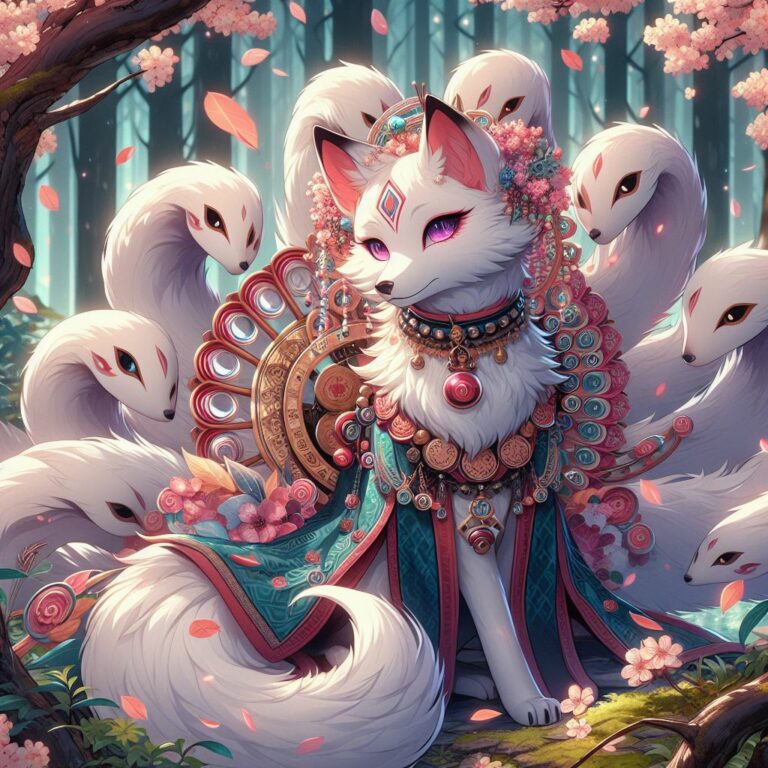Black and White Dreams Meaning: A Look into Your Subconscious Mind
Have you ever had a dream that seemed dull or hazy, devoid of the typical vibrant colors? Or perhaps certain elements appeared starkly contrasted in black and white amidst an otherwise colorful dreamscape? If so, you’re not alone – and these monochrome visions likely carry deeper symbolic significance.
Here’s a quick interpretation:
Black and white dreams typically signify emotional detachment from the dream content, a sense of lost autonomy in waking life, the need for more objective insight on people/situations, a break from emotional overstimulation for sensitive people, or a tendency to process information over emotion as an analytical thinker. The lack of color represents distance versus immersed engagement with the dreamscape. Specific black and white symbols also carry archetypal meaning for the shadow self and spiritual purity.

Why Do Some Dreams Lack Color?
You might be surprised to learn that not everyone dreams in technicolor. While most people do perceive color in their dreams, a minority report dreaming exclusively in black and white or grayscale. And many more have occasional dreams featuring colorless elements.
So what gives? Why do some dreams seem to lack that emotional resonant hue?
Emotional Detachment
On one hand, black and white dreams can signify emotional distance or detachment from the content or characters at hand. It’s as if you’re observing the proceedings at arm’s length through a foggy lens. The richness of color mirrors the depth and immediacy of feeling. When emotion is lacking, so too are the vibrant pigments.
This could reflect that the events unfolding hit too close to home, proving too painful or anxiety-provoking to confront directly. Or you may feel disconnected from a particular situation or individual, unable to immerse yourself in their subjective experience.
Relinquishing Control
Alternatively, black and white dreams could indicate a sense of lost autonomy in your waking life, as if someone else holds the reins. Devoid of color expression, you may feel limited in manifesting your preferences or personality – akin to a paint-by-numbers scenario with spaces left blank.
Think about it: do you feel smothered in certain relationships? Have you started questioning career fulfillment or compatibility with a significant other? Such constraints on your self-actualization may bleed into the dreamscape.
An Outside Perspective
In some black and white dreams, you may feel less like an immersed participant and more like a detached third-party observer. It’s akin to watching scenes unfold on an old film reel rather than experiencing them firsthand.
This filming from the sidelines could suggest you need more objective insight into your real-life circumstances. Certain relationships or situations may require zooming out rather than getting lost in the weeds, especially if you feel suspicious, unsure of others’ motives, or lacking clarity.
Give Your Emotions a Rest
For highly empathetic people, black and white dreams could offer sanctuary from the emotional onslaught of everyday life. If you constantly absorb others’ energies and ride the rollercoaster of external feelings all day long as a sensitive or “empath,” the colorless dreamscape may provide relief – a place to take refuge with more distance and less stimulation.
Upon waking, however, those societal expectations race back, often leaving intuitives fatigued. Deliberately blocking time for self-care can help shore up emotional resources.
Logical Processing
Finally, some individuals simply don’t dream in color at all, reporting only black and white visions. This may reflect a predominantly analytical, logical thinking style given to processing information over emotion. These methodical folks interpret the dream’s symbols and situations objectively without getting wrapped up in dramatic flair.
In contrast, those who suddenly experience atypical colorless dreams often find them more subjectively meaningful, as they fall outside the norm.
Common Color Symbolism in Dreams
Color conveys essential symbolic messages in dreams, representing energies that shape both our inner and outer worlds. Black and white symbolism reveals realms of shadow and light.
The Shadowy Hues of Black
Few dream images provoke primal fear like confronting opaque, swirling blackness – a nebulous void of the unknown. Black represents the shadow: aspects of oneself too shameful or unpleasant to confront. Addiction, deception, forbidden impulses, or other polarized traits form part of the shadow, outside everyday conscious awareness.
By incorporating these denied elements, we gain greater self-actualization and wholeness. So while the shadow initially elicits anxiety, exposing its darkness to light gradually lessens its grip. Take the recurrence of black symbols in dreams as a sign it’s time to illuminate the corners of your psyche where dusty demons hide.
The Cleansing Glow of White
Where black represents the murky turbulent depths, white symbolizes crystalline clarity – the purity of clear intentions or a clean slate. White images in dreams may signify higher wisdom from spiritual realms, insights untainted by shadows of doubt or ego.
See a white bird appear after perplexing dream events? This likely signals resolution or redemption ahead via greater understanding. The true meaning will dawn on you like gradually illuminating light.
White also spotlights the laws of cause-and-effect at work. Your actions plant seeds; how they grow depends on the care you’ve put into cultivating the soil. A dream featuring radiant white suggests your real-life thoughts and behaviors will soon yield a glowing harvest.
Assessing Your Unique Dream Themes
Of course, one size doesn’t fit all when it comes to interpreting dream symbols. You must gauge how color usage and meaning weave through your interior landscape. Tune into recurring themes, emotions, and reactions for clarity.
Over time, the vibrancy or lack thereof permeating your dreams provides glimpses into awakening consciousness.
Common Questions About Black and White Dreams
Still puzzling over the significance of your black and white dreams? These answers to frequent questions can help decode their meaning.
Is it normal to dream in black and white?
While most people dream primarily in color, a minority always dreams in monochrome. For them, colorless dreams represent their standard dream state rather than anything unusual.
How common are black and white dreams?
Studies suggest only about 5-12% of dreams contain no color at all. However, many more dreams feature isolated grayscale elements, especially amongst those who normally perceive color while dreaming.
Can certain medications cause black and white dreams?
Yes, some medications seems prone to inhibit color perception in dreams. Notable examples include antidepressants, opioid pain medications, and sleeping aids. Talk to your doctor if medication side effects concern you.
What does a splash of color in a black and white dream mean?
If you usually dream in grayscale, pay special attention to any vibrant color emerging – this probably symbolizes unusually strong emotions requiring awareness. But for most, a colorless component in an otherwise colorful dream flags it as meaningful.
Do blind people dream in color?
Those blind since birth do not perceive visual color in dreams. Yet studies reveal they still experience vivid imagery incorporating other senses, such as sounds, scents, textures, and emotions. Those who lost vision after early childhood tend to maintain visual color perception in dreams.
Takeaway Message
So what’s the takeaway message about black and white dreams? Monochrome visions shed light on how you process information, navigate relationships, and integrate the deeper archetypal aspects of the psyche. Pay attention to any draining of color from your dreams – doing so will enrich emotional awareness in waking life.
The next time you encounter contrasting zebra stripes, penguin tuxedos, or panda bears in the wilderness of your dreams, consider: am I seeing in black and white out of emotional necessity or for symbolic reason? Let the wisdom of non-color guide you.
| Dream Aspect | Typical Meaning |
|---|---|
| Black images/symbols | Hidden shadow self aspects seeking awareness |
| White images/symbols | Spiritual purity/insight; karma cause-and-effect |
| Emotional detachment | Processing painful memories or feelings requires distance |
| Feeling an observer | Needing greater insight and objectivity |
| Always black and white dreams | Analytic thinker focused on processing information |
FAQ
Do certain personality types dream in black and white more?
Yes, analytical thinkers and more logic-oriented people seem prone to black and white dreaming. This reflects viewing dreams as puzzles to decode rather than emotional experiences.
I’m pregnant. Will black and white dreams influence my baby?
No need to worry here. Your baby isn’t aware of or impacted by your dream content or colors. What you experience reflects your subjective inner world.
Everything in my dream is black and white except one object – why?
When a single color element contrasts with a black and white dreamscape, pay close attention! This signifies strong emotions or urgency related to that object. The meaning will differ based on the object and context.
I never see faces clearly in dreams – just blurry shadows. What does this mean?
Blurred dream faces often signify feelings of disconnect from loved ones. Alternatively, the shadowy figures may represent unknown aspects of yourself you’re not yet ready to confront clearly.
Can I interpret a friend’s black and white dream for them?
You can certainly try! But take care not to project your biases onto their inner landscape. Ask clarifying questions to better understand the context and emotional tone before offering your perspective. Ultimately the dreamer must interpret their own symbolism.






